Three to five percent of children will experience amblyopia, also known as a “lazy” eye.¹ Not only does the condition lead to visual challenges, but it may become a source of embarrassment for young children, afraid of how they may look. Furthermore, untreated amblyopia can lead to poor academic performance and reading delays.
While there is nothing to be ashamed of, early intervention is key to reversing amblyopia and its visual impairments. But, when is it too late to treat a lazy eye?
In this article, we’ll explore what amblyopia is, what to look for in young children and what treatment options are available.
Key Points
- Amblyopia, commonly known as a “lazy eye,” is an eye condition that affects about three in 100 children per year.
- Early diagnosis and intervention are critical in preventing long-term damage in the amblyopic eye.
- While it’s never too late to treat amblyopia, older children and adults may experience visual problems in the amblyopic eye for life.
What is Amblyopia (Lazy Eye)
Amblyopia, also known as a “lazy” eye, affects three to five percent of children. The term “lazy” refers to an eye that is weaker than the stronger eye. It typically affects only one eye, but can affect both.²
Children with amblyopia may have poor depth perception (trouble telling the distance of objects). They may also experience vision problems resulting from other eye conditions causing amblyopia, like refractive errors (nearsightedness, farsightedness, astigmatism) or cataracts (clouding of the eye lens).²
When does Amblyopia Appear?
Eye doctors (optometrists and ophthalmologists) diagnose most cases of amblyopia between three and five years of age, when they begin to perform routine eye exams. Some children are born with amblyopia, and some develop it later in childhood.
Some risk factors for amblyopia include:²
- Premature birth
- Low birth weight
- Family history of amblyopia or childhood cataracts
- Developmental disabilities like Down syndrome
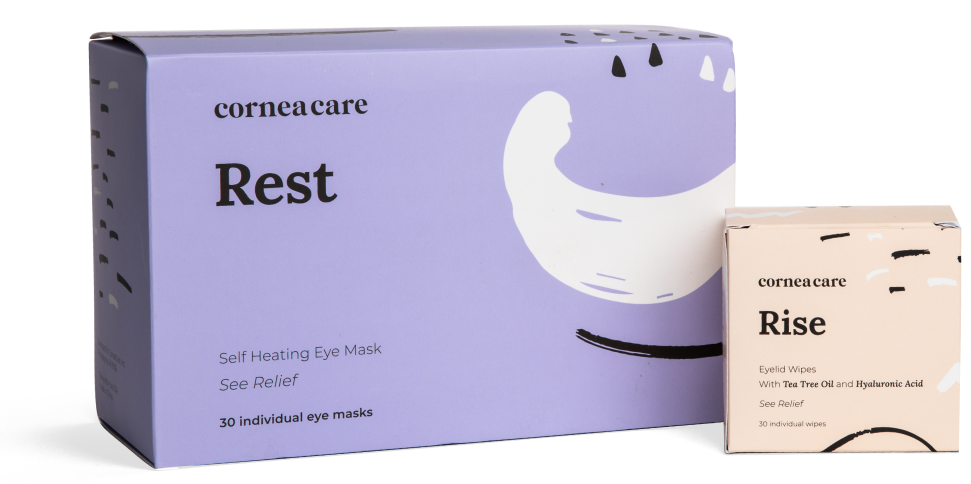
Foundation
Eyelid Hygiene Plan 2
Perfect for eye dryness, burning, itching, crusting/flaking of eyelashes and inflamed eyelids. Free shipping 📦.
Try today - $45
Common Causes of Amblyopia
An amblyopic eye typically results from the brain relying on the “stronger” eye to see clearly and turning off the signals from the weaker eye. Over time, the stronger eye takes over and the weaker eye slows in development.²
Often, eye doctors don’t know the cause of amblyopia. Sometimes, other visual problems can lead to amblyopia.³
Strabismus
Strabismus is when the eyes point in two different directions.
With normal vision, or binocular vision, both eyes point in the same direction to see three-dimensional objects. With strabismus, one eye may be pointing straight while the other eye turns in a different direction, causing the child to see double.
To compensate for the non-focused eye, the child’s brain starts to ignore signals from the eye that’s not focused and relies on the eye that is straight to see clearly. While this may resolve the double vision, it weakens the non-focused eye.
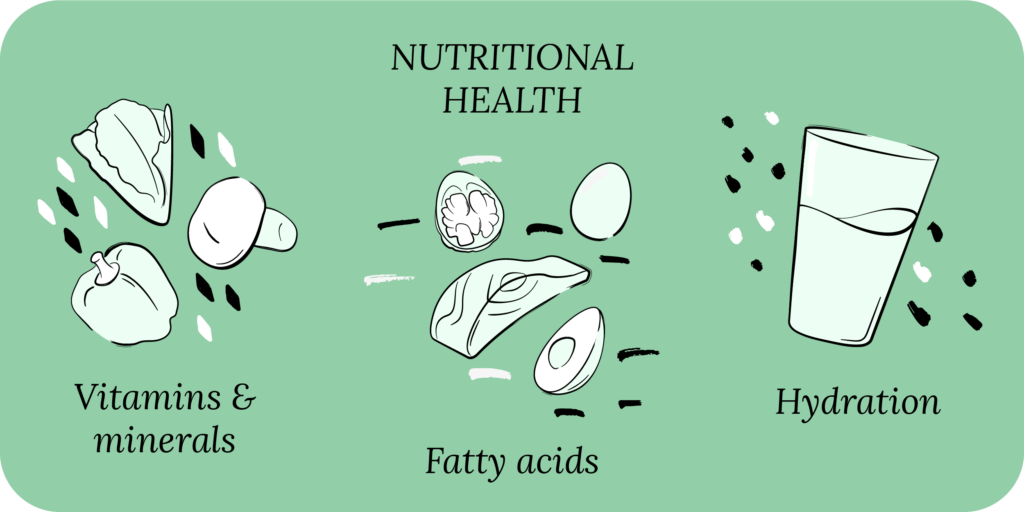
Refractive errors
Refractive errors are visual acuity issues like nearsightedness (far away objects are blurry), farsightedness (objects up close are blurry), or astigmatism (distorted or blurry vision at all distances due to the shape of the eye). When a refractive error is significantly worse in one eye, it may result in the stronger eye overcompensating and “turning off” the eye with the refractive error.
Cataracts
While uncommon, children can develop cataracts, or be born with them. A cataract is when the eye lens is cloudy, thus impairing vision and leading to the stronger eye overcompensating and contributing to slower development of the weaker eye.
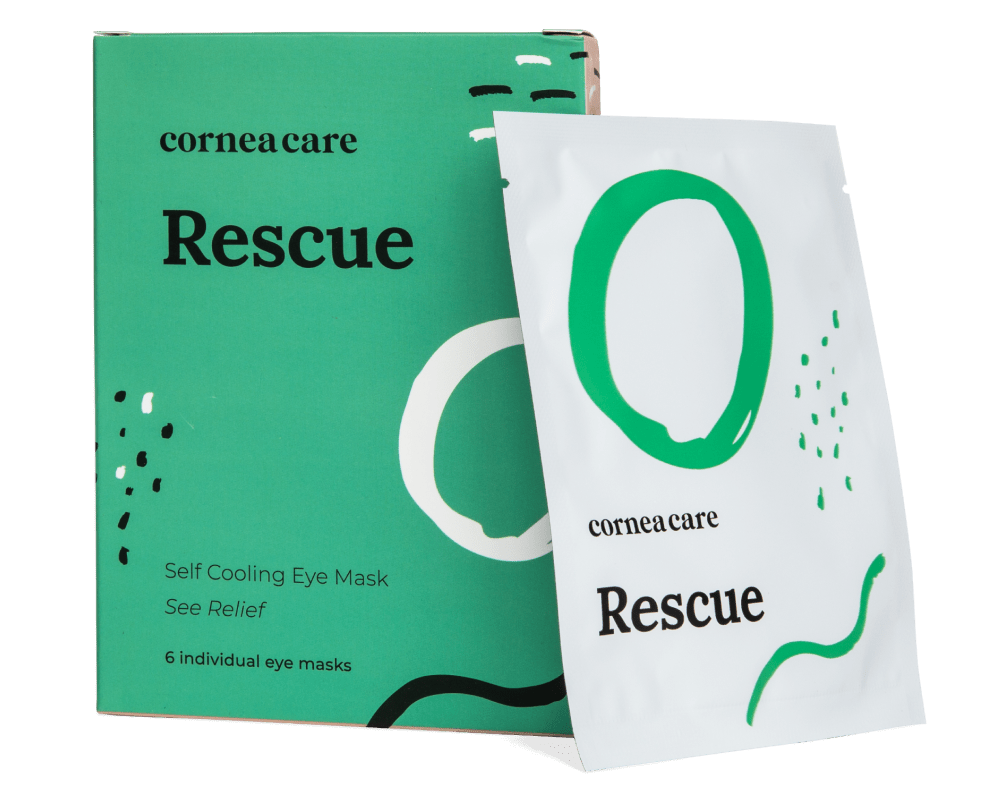
Rescue
Cold Compresses
Perfect for sudden flare-ups of eye dryness, pain, burning, and swollen/inflamed eyelids. Free shipping 📦.
Try today - $12
What to Look for in Early Childhood Symptoms
Parents often have a hard time spotting amblyopia symptoms. Early intervention is essential so that it doesn’t become too late to treat a lazy eye.
Some older children may mention having trouble seeing, seeing double or having blurred vision.
You may also notice that your child is often:²
- Squinting
- Using one eye to see (keeping the other eye shut)
- Tilting their head
- Clumsy or walks sideways often
- One eye may appear to “wander” or move independent of the other eye
In school-aged children, studies have shown that amblyopia leads to slower reading and testing skills, even when the amblyopic eye is slightly reduced in visual acuity.¹
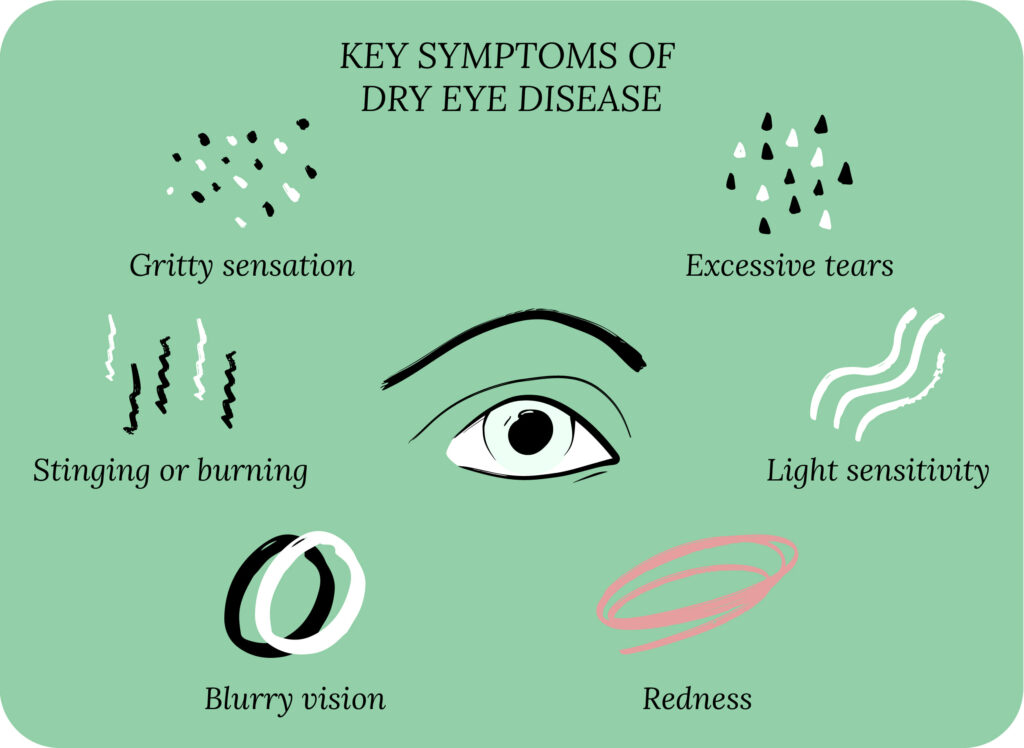
Is it Too Late to Treat My Lazy Eye (Or My Child’s?)
Early intervention is absolutely critical to treat amblyopia and prevent long-term damage.
The good news is that eye doctors catch most cases of amblyopia early, thanks to several state-mandated visual screenings in daycares and preschools. However, almost half of the states in the United States do not require visual screening, leaving some children vulnerable to developing amblyopia symptoms.⁴
The longer the delay in treatment after onset of amblyopia, the more complicated the treatment becomes, and sometimes the damage is irreparable. The critical period for diagnosing and treating amblyopia to prevent long-term eye problems is between three and eight years of age.¹
Studies show that after about 17 years of age, it becomes almost impossible to treat amblyopia without more intense medical treatments or surgical intervention.¹
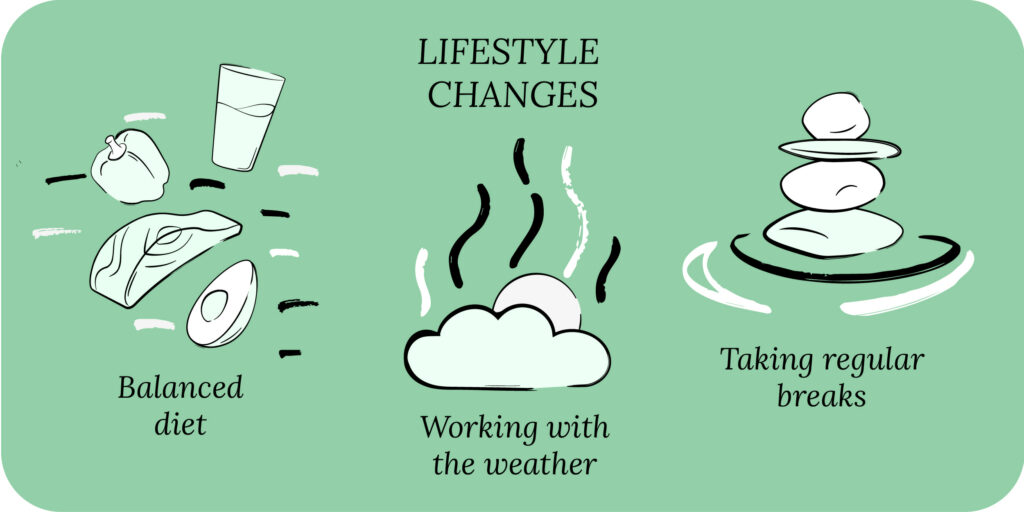
Treatment Options
Treatment of amblyopia will depend on the age and cause of the condition.
Eye doctors will first attempt to treat the amblyopic eye by addressing the underlying cause if one is known. They may prescribe eyeglasses or contact lenses to correct refractive errors or surgery to remove a cataract. These may be effective treatments on their own, requiring little or no additional intervention.²
In some cases, an optometrist may prescribe an eye patch as a form of vision therapy. The eye patch covers the dominant eye, allowing the weaker eye to gain strength and develop.
For little kids, adapting to wearing an eye patch takes some time (and patience on the part of the parent!). Instead of eye patches with an elastic band, opt for ones that stick directly to the skin around the eye.³
Some amblyopia patients find that eye exercises like focused reading or doing a puzzle while wearing the patch may help improve their treatments. Eye doctors may also recommend using the “pencil pushups” technique, where you or your child holds a pencil arm’s length away from the face, looks directly at it, and slowly brings it into the center toward the nose, stopping when it becomes blurry. You can repeat this exercise multiple times throughout each day.⁵
If eye patches aren’t working, eye doctors may use a special eye drop called atropine to blur the dominant eye, forcing the amblyopic eye to work harder and get stronger.²
Putting It All Together
Pediatric eye care, like all children’s health concerns, should be addressed early to evaluate any vision conditions that need treatment. While treating amblyopia later in life is challenging, there are still ways to improve vision and care for your eyes overall, to prevent further damage or other conditions.
Having healthy eyes for life means addressing issues early, following a healthy lifestyle and receiving regular eye exams. It’s never too late to start.
What’s Next
Want to learn more about keeping your child’s eyes safe and healthy? Check out more related articles in our Eye Health and Wellness section.



